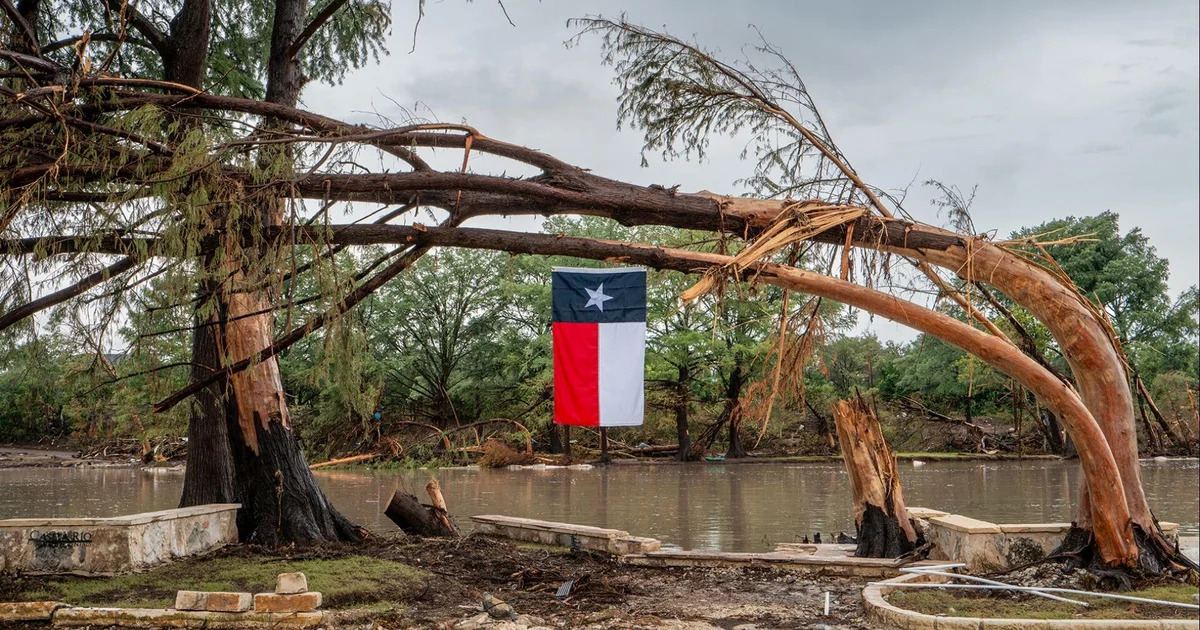July 14, 2025 / 5:32 PM CDT / CBS Texas
On Monday, during the Kerr County commissioners meeting, local leaders thanked law enforcement and emergency personnel for their work since the floods hit Central Texas. They also discussed ongoing search and rescue efforts, saying that the recovery of those missing is the top priority.
“That’s where we have people out on the river basin doing a lot of the work, trying to get a handle on things,” said county judge Rob Kelly.
One of the topics briefly mentioned during the meeting was draining a county lake.
“There is a plan in place right now to accomplish draining the lake. We can’t go any further than that, then to tell you that is being looked at right now,” said Commissioner Tom Jones.
Commissioners didn’t specify which lake in the county or why, but said it is part of the ongoing search effort. They did not return CBS News Texas’ request for more information. Currently, there are still at least 160 people missing since July Fourth.
“Just know that’s going to be an enormous undertaking because of the endangered species that we have,” said Kelly.
University of Texas at Arlington civil engineering professor Adnan Rajib agrees. He said draining out any large body of water would be a challenging task.
“Not because of the nature of the job itself, but also how dynamic things have been in Kerrville and in the flood-affected areas,” Rajib said. “We just had a moderate flood [Sunday], so how things are changing, that’s going to impact all these decisions.”
Rajib said not only is the volume of water they’re working with tough, but also the steep and rocky terrain. He said it would take several pumps and generators, lots of money and manpower.
“Essentially, it requires you to dam a certain portion of the river and trap the water and then drain the trapped water out of it. It’s going to take a number of days to drain the whole volume of water, and again, given all the dynamic conditions there, you drain some portion and then more water will go,” he said.
Rajib believes focusing on other strategies, like recreating where the flood waters were when the floods hit and where they are today would be more beneficial.
“Finding out those hotspots, that’s going to help you to make things more efficient, finding out the pockets where the human settlements were within the floodplain,” he said.
